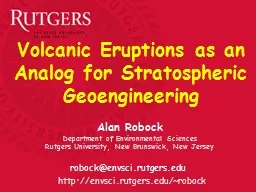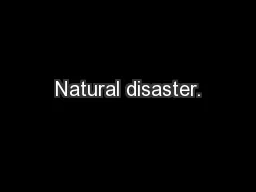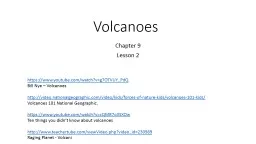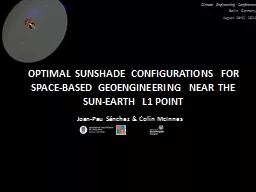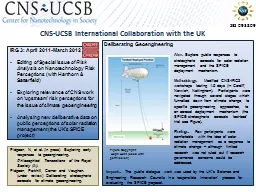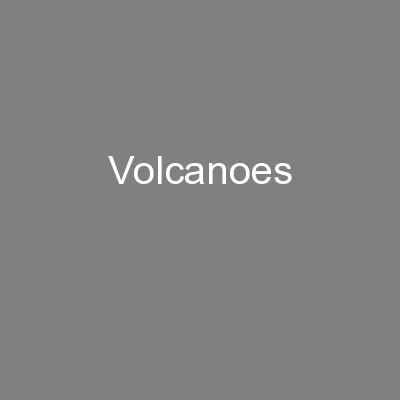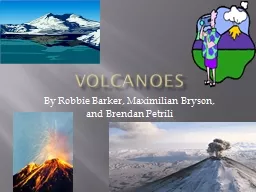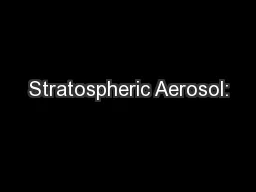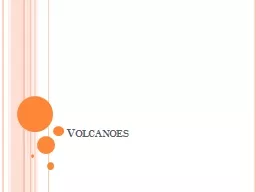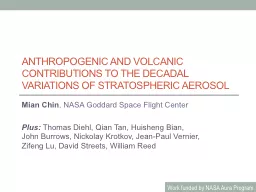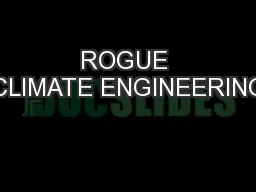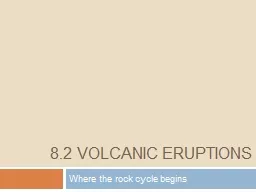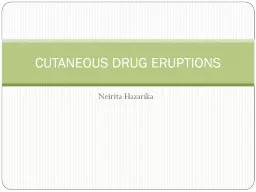PPT-Volcanic Eruptions as an Analog for Stratospheric Geoengineering
Author : liane-varnes | Published Date : 2018-02-27
robockenvscirutgersedu httpenvscirutgersedurobock Alan Robock Department of Environmental Sciences Rutgers University New Brunswick New Jersey Desire for improved
Presentation Embed Code
Download Presentation
Download Presentation The PPT/PDF document "Volcanic Eruptions as an Analog for Stra..." is the property of its rightful owner. Permission is granted to download and print the materials on this website for personal, non-commercial use only, and to display it on your personal computer provided you do not modify the materials and that you retain all copyright notices contained in the materials. By downloading content from our website, you accept the terms of this agreement.
Volcanic Eruptions as an Analog for Stratospheric Geoengineering: Transcript
Download Rules Of Document
"Volcanic Eruptions as an Analog for Stratospheric Geoengineering"The content belongs to its owner. You may download and print it for personal use, without modification, and keep all copyright notices. By downloading, you agree to these terms.
Related Documents

